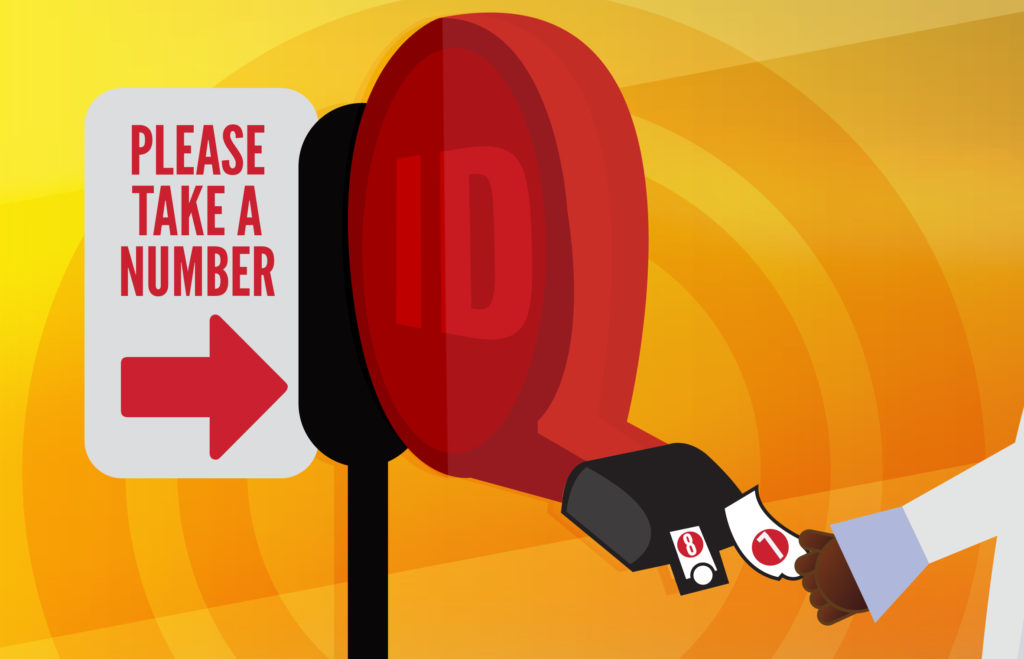
Think of customer churn as a robust balloon, ready to touch the sky as soon as you let go. Every day you hold on to that balloon, air molecules will diffuse through the knot. Your balloon will become flabby. This exodus of air is known in business as a churn. Customer churn is the amount of customers that your company loses during a specific time frame. Cancelled subscribers, dissatisfied clientele, or customers that just found a better alternative. Keeping track of churn is a vital part of your company’s continued growth. Doing so will give you the brutal truth regarding customer retention.
It’s difficult to measure the success of your startup without keeping track and analyzing your shortcomings as well. Sure, you want 100% customer retention. But even a company that has figured out how to stop the aging process will not have such an unrealistic rate. Losing customers is part of the game. However, you don’t have to let it kill your company. You can learn from it.
Measuring Customer Churn Rate
You can measure your churn rate by subtracting lost patronage from the number of customers you had to start a period. So, if you started off the month or quarter with 1000 customers, and end up with 500 at the end of that period, your churn rate is 50%. You lost 50% of your customers. Ouch. Unless your company decides to go into selling raincoats in the Sahara, it is doubtful your churn rate will be that high. But you understand how it’s calculated now.
So, why is customer churn so important? Well, for starters, the cost of acquiring new customers is 25 times higher than the cost of retaining the ones you already have. Further, research has determined that a mere five percent rise in retention rates can boost profits upwards of 25%.
Curb Your Churn
There are a few ways to curb customer churn.
One way is to concentrate on your most loyal customers. One of the biggest gripes against Comcast is that they offer so many special rates to new customers, and almost nothing for their long-time customers. The same was said about Uber until they recently launched Uber Gold. How many “special deals for first time customers” do you see with phone service companies? Tons. It would be more advantageous to focus your resources on your loyal customers. Give them another reason to stay. After all, as we just covered, it’s cheaper for your company to retain them than to get new customers.
Another way to reduce churn rates is to track and analyze it every fiscal quarter. This analysis can help you understand why exactly customers are leaving. You can even detect patterns to show at what point in their patronage they are leaving. All this data can be used to make better decisions about improving your company’s services or products.
Listen to Fleeing Customers
Speaking of making better decisions for your company, the best way to do that is to talk to the customer! When you were in high school, you probably had “intel” on your crushes to see if they liked you back. You probably spent months agonizing over what they meant by this text or that comment. In retrospect, you probably now know it would have been so much easier to just ask. Letting the customer be your compass will steer your company in the right direction. Lapsed customers will almost always be honest with you. What have they got to lose? They will tell you straight up what they didn’t like and why they didn’t like it. With a large enough sample size, you’ll soon have a good idea about what you could be doing better to keep your current customers from fleeing your company like it’s Blockbuster. No offense to Blockbuster.
In summary, keeping the customers you have is just as important as winning over new ones. It’s harder to put air into an already knotted balloon than it is to just keep the air it already has inside. If you focus on keeping your customers, much like that air-filled balloon, sky’s the limit.


